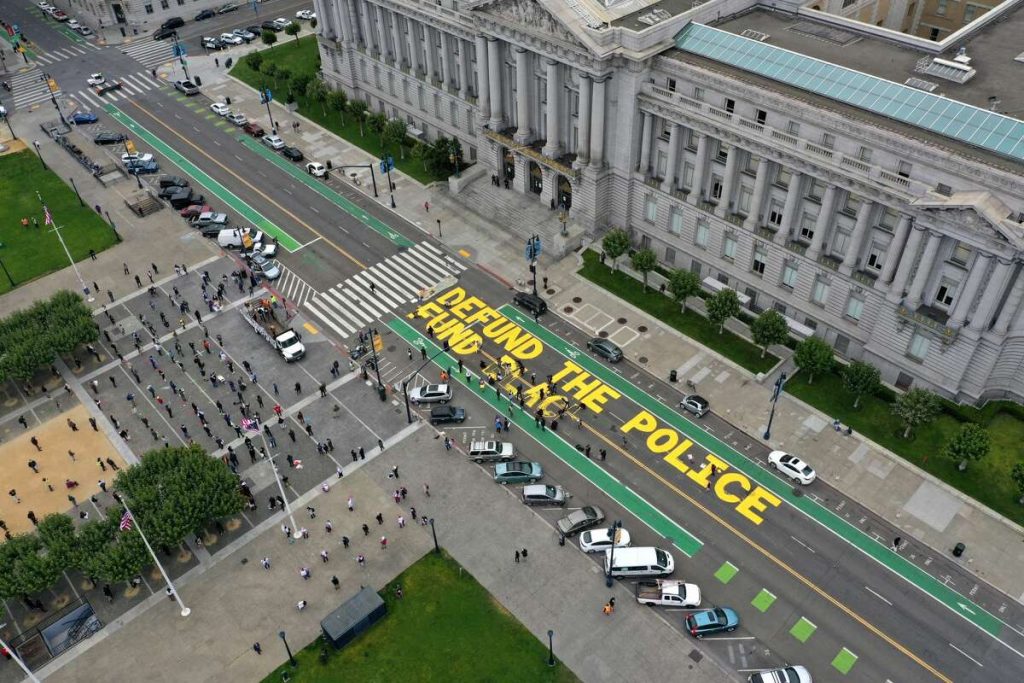Why SFDSA is building a Bitcoin Reserve
In 2021, SFDSA took its first step into Bitcoin. In 2025, we added more. Those decisions weren’t about chasing headlines; they were about building a durable Bitcoin Reserve—a portion of assets set aside to protect our members’ future purchasing power across decades, not news cycles. A reserve is the opposite of speculation. It is quiet, disciplined, and designed to endure.
What a “reserve” really means for members
Every public-safety organization keeps cash for near-term operations. A reserve is different: it’s the long-horizon ballast that isn’t meant to be spent next month or even next year. Historically, gold served that role for nations because no one could print it. Bitcoin extends that idea into the digital era—a bearer-style asset with a fixed maximum supply of 21,000,000. That cap is not a policy promise; it’s embedded in open-source code and enforced by thousands of independent nodes worldwide.
The practical implication for members is straightforward: when the world is noisy—deficits, inflation scares, banking stress—a portion of our assets sits outside that noise, in a network where issuance is known ahead of time and cannot be increased to solve political problems. The goal isn’t to “beat the market” next quarter. It’s to preserve purchasing power through the kinds of long arcs that shape retirement and family security.
Why Bitcoin fits the reserve role
Hard cap, transparent schedule. Bitcoin’s supply is capped at 21 million, released on a schedule that becomes less inflationary over time. Approximately every four years, the “halving” reduces new issuance; today roughly ~450 new BTC are mined per day—a number that will keep falling until issuance effectively approaches zero. Everyone can verify this, in real time, on a public ledger.
Portability and neutrality. Unlike a bank deposit, Bitcoin is not someone else’s liability. It can settle globally, any hour of the day, without waiting for a custodian to open on Monday morning. For reserve purposes, that portability is a form of resilience.
Auditability. Reserves are most trustworthy when they can be observed, not merely reported. Bitcoin’s ledger is public. Balances can be proven on-chain without exposing operational details.
Scarcity, explained in human terms
There are roughly eight billion people and twenty-one million possible coins, ever. If divided evenly, that’s about 0.002625 BTC per person—262,500 satoshis. That simple ratio is the beating heart of the reserve concept: we are intentionally accumulating a slice of something the world cannot make more of.
How a Bitcoin Reserve operates—without bureaucracy
We are intentionally keeping this strategy rules-light and principle-driven:
-
Accumulate on weakness. Price volatility is the toll you pay for long-term scarcity. We add on meaningful pullbacks, in measured tranches, rather than trying to call tops or bottoms.
-
No leverage, no lending. A reserve should not depend on borrowed money or third-party rehypothecation. We own spot exposure and keep it unencumbered.
-
Never forced sellers. Operating cash and near-term obligations remain separate, so we are not compelled to sell into temporary downturns.
-
Periodic review, not constant tinkering. We look at the reserve in the context of total assets on a sensible cadence (e.g., annually), adjusting with a long-term lens.
This approach keeps the mechanics simple while aligning with the purpose of a reserve: endurance.
What members can expect to see
We’ll talk to members like owners—because you are.
-
Quarterly snapshot: holdings, cost basis, and current market value in plain English.
-
Context, not hype: how the reserve behaves alongside our cash and other holdings across rolling multi-year periods (because pensions and family plans are multi-year realities).
-
Education you can use: short explainers on topics like volatility, the 21-million cap, and how to read a reserve update.
Addressing the big questions directly
“Bitcoin is volatile—why put it in a reserve?”
Because a reserve is a long game. Volatility is the price of admission for an asset whose issuance shrinks over time. We handle it by only adding in drawdowns, avoiding leverage, and keeping operating needs separate.
“Is this all we hold?”
No. A reserve is one component of a diversified base. Cash and short-duration instruments fund operations; the Bitcoin Reserve is the hard-capped portion that aims to defend purchasing power over long horizons.
“What if the regulatory or technical environment changes?”
Bitcoin’s rules are public and globally distributed. Our process—accumulate gradually, avoid leverage, keep reporting simple—remains robust across regulatory headlines. The network has operated continuously for over a decade with transparent issuance. Our reserve is designed to adapt without panic or policy whiplash.
What success looks like over time
Success is not a single price target. It’s a profile:
-
The reserve grows in satoshis—our share of the 21-million cap—especially during periods when markets are fearful.
-
Members can verify what we report and understand the rationale for each addition.
-
Over 5–10 years, the reserve behaves like a stability anchor against creeping inflation in wages, equipment, healthcare, and family expenses that affect our membership in real life.
-
The strategy remains boring by design: steady, comprehensible, and hard to break.
Why now—and why us
Public-safety professionals know better than most that calm isn’t guaranteed. You prepare in the quiet moments for the turbulent ones. The Bitcoin Reserve is that preparation applied to finance: an asset with known, finite supply accumulated with discipline so that our members’ future purchasing power isn’t left at the mercy of policy cycles.
We began in 2021, reinforced the position in 2025, and we’ll keep building—quietly, consistently, on the dips—because scarcity is on our side and time is the ally of patient reserves.
SFDSA: protecting those who protect San Francisco—and protecting their future with a reserve measured in satoshis, not speculation.



 In the competitive landscape of law enforcement, the ability to attract and retain qualified personnel is not just a goal—it’s a necessity. For the San Francisco Sheriff’s Office (SFSO), however, this has become an area of significant failure. The challenges we face are not solely due to external factors or the inherent difficulties of law enforcement recruitment. Instead, much of the problem lies within the SFSO itself, particularly due to the lack of decisive action and strategic use of available resources by its leadership.
In the competitive landscape of law enforcement, the ability to attract and retain qualified personnel is not just a goal—it’s a necessity. For the San Francisco Sheriff’s Office (SFSO), however, this has become an area of significant failure. The challenges we face are not solely due to external factors or the inherent difficulties of law enforcement recruitment. Instead, much of the problem lies within the SFSO itself, particularly due to the lack of decisive action and strategic use of available resources by its leadership.




